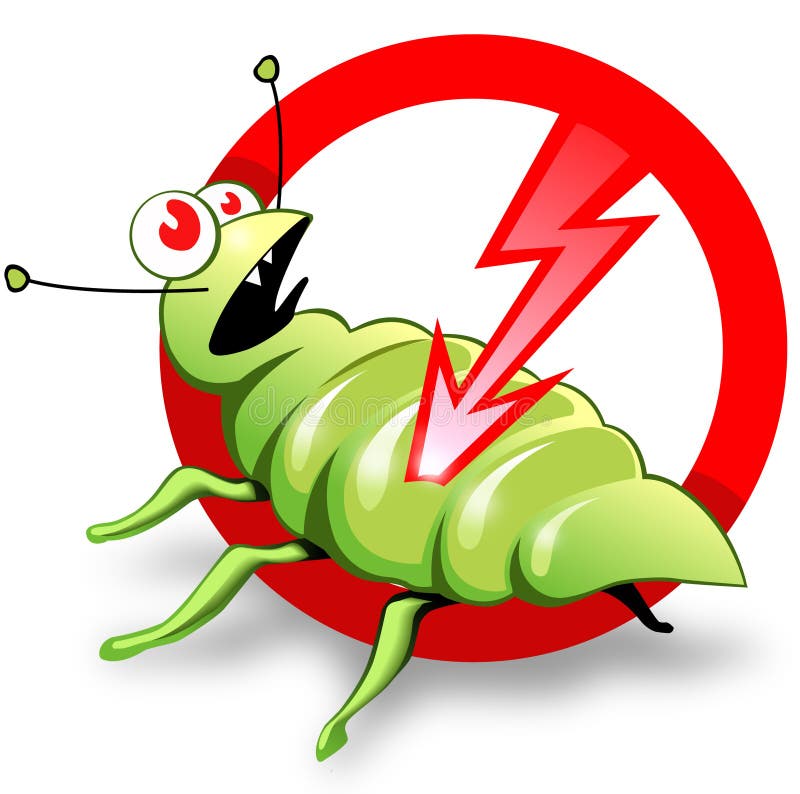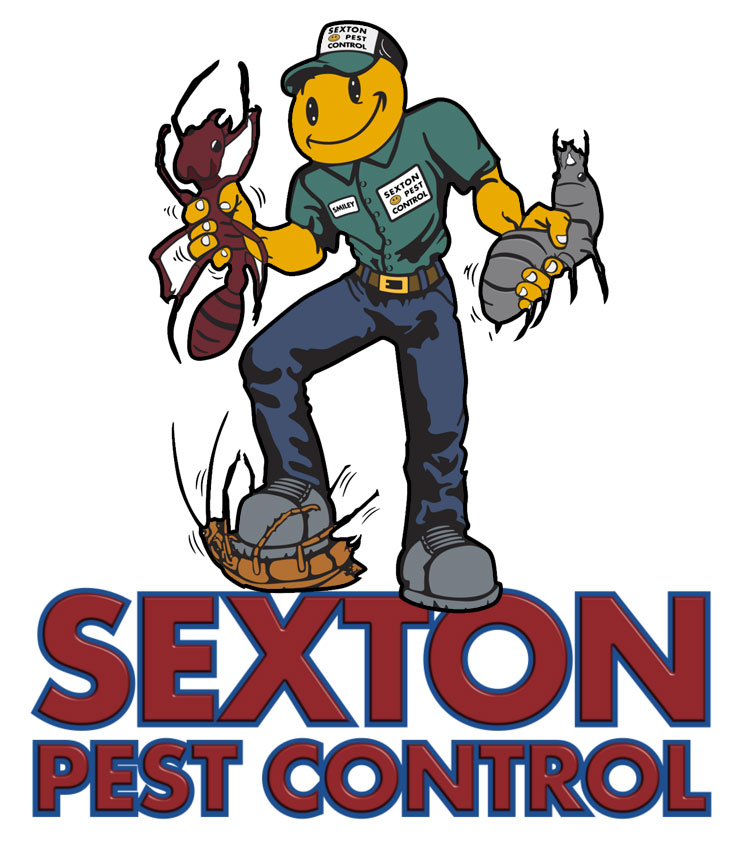Dependable Pest Control Homestead Professionals for All Your Pest Issues
Wiki Article
Discover the Keys of Pest Control: How It Works and Refine Revealed
Bug control is a thorough method that involves a deep understanding of pest actions, strategic preparation, and accurate execution. From recognizing the origin of problems to applying customized control steps, the process of insect control is a mix of scientific research and approach targeted at maintaining an unified atmosphere. The details of this process usually stay veiled, shrouded in mystery. Untangling the nuances behind reliable bug control reveals a world of systematic techniques and meticulously determined steps that are necessary in combating and protecting against pest-related issues.Parasite Behavior Comprehending
Comprehending the elaborate actions of pests is vital for reliable parasite control administration. The actions of cockroaches, such as their preference for dark and damp settings, overviews pest control professionals in establishing where to concentrate therapy initiatives.In addition, understanding just how parasites interact with their atmosphere and reply to external stimulations can enhance the performance of control techniques. Some bugs exhibit indications of resistance to particular chemicals, requiring the use of different chemicals or methods. By remaining abreast of the newest research on insect actions, pest control experts can continuously improve their methods and remain in advance of developing parasite populations. Eventually, a deep understanding of pest habits is a keystone of effective pest control administration.

Examination and Identification Approaches
Efficient pest control monitoring depends heavily on meticulous examination and exact recognition techniques to precisely establish and examine problems targeted removal methods. Examination includes a thorough examination of the residential property to establish the extent of the pest problem, determine the sort of insect present, and locate potential access factors. This process may consist of aesthetically checking usual hiding spots, utilizing monitoring tools such as traps or cameras, and evaluating pest droppings or damage indications.Recognition is a critical action that adheres to assessment, as different pests need particular therapy approaches. Bug control professionals utilize their expertise and understanding of parasite actions to determine the types present properly. This might involve analyzing physical attributes, such as dimension, shade, and markings, in addition to researching the insect's practices and habitats. Sometimes, samples might be collected for more evaluation in a lab to verify the insect species.
Pest Control Procedures Application
Having meticulously inspected and properly recognized the parasites present, the next essential action is the execution of targeted pest control actions to effectively eradicate the problem. Once the kind of parasite has been figured out, customized approaches are employed to address the particular danger. Usual pest control techniques consist of chemical treatments, biological controls, and physical barriers. Chemical therapies include making use of pesticides to eliminate bugs, while biological controls introduce all-natural killers to take care of parasite populations. Physical obstacles such as securing entrance points or installing traps are likewise efficient in protecting against pests from spreading out or getting in within a building.Proper application of parasite control measures needs experience to make sure the security of occupants and the atmosphere. By using targeted parasite control procedures, invasions can be efficiently removed, creating a much healthier and pest-free environment.
Ecological Impact Factors To Consider
When carrying out bug control measures,Mindful assessment of the potential environmental impact is a critical element. Pest control methods can have various effects on the atmosphere, consisting of non-target species being influenced, contamination of dirt and water resources, and disruption of the environment. It is crucial to take into consideration these variables to decrease any kind of unfavorable effects on the setting.To minimize environmental effects, integrated bug monitoring (IPM) approaches are often recommended. IPM concentrates on making use of a mix of methods such as biological control, habitat manipulation, and the targeted use pesticides as a last resort. Pest Control Homestead. By utilizing an all natural approach, IPM aims to control parasites properly while lessening damage to the environment

Continuous Surveillance and Avoidance
Continual monitoring and find more information avoidance play critical roles in keeping efficient pest control strategies gradually. Once preliminary parasite control measures have been implemented, continuous surveillance ends up being important to track parasite activity levels and make certain that the selected techniques are working properly. Normal examinations by trained professionals permit for the early detection of any type of indicators of pest revival, making it possible for speedy action to be taken before the infestation intensifies.
Safety nets are equally important in maintaining a pest-free environment. Implementing techniques such as securing entrance factors, keeping cleanliness, correct waste management, and decreasing sources of food and water rob pests of the essentials they require to thrive. By proactively dealing with these elements, the possibility of a bug problem is considerably minimized.
Moreover, safety nets add to the lasting success of bug control efforts, lessening the demand for responsive therapies and linked costs. By including recurring monitoring and prevention right into an extensive parasite administration plan, people and businesses can successfully secure their residential or commercial properties against undesirable intruders.
Final Thought
Finally, pest control entails understanding bug actions, carrying out extensive assessments, executing control measures, considering environmental effects, and keeping ongoing Clicking Here tracking and prevention. By complying with these steps, parasite infestations can be successfully managed and regulated. It is vital to take a proactive approach to pest control to shield both human wellness and the atmosphere.By remaining abreast of the latest study on bug behavior, insect control experts can continually improve their approaches and stay ahead of progressing bug populaces.Having thoroughly checked and properly recognized the bugs existing, the following vital step is the implementation of targeted bug control procedures to page efficiently eradicate the invasion.Moreover, selecting environmentally friendly bug control products and methods can significantly reduce the environmental impact of parasite monitoring techniques - Pest Control Homestead. As soon as initial pest control actions have actually been implemented, recurring surveillance becomes crucial to track bug activity degrees and make sure that the selected techniques are working efficiently.In conclusion, parasite control includes understanding parasite actions, performing thorough inspections, carrying out control measures, thinking about environmental impacts, and maintaining ongoing tracking and prevention
Report this wiki page